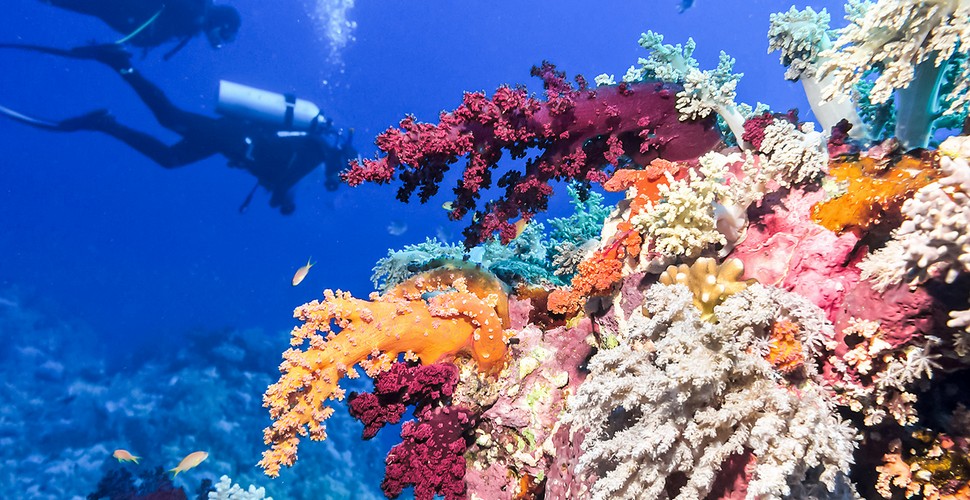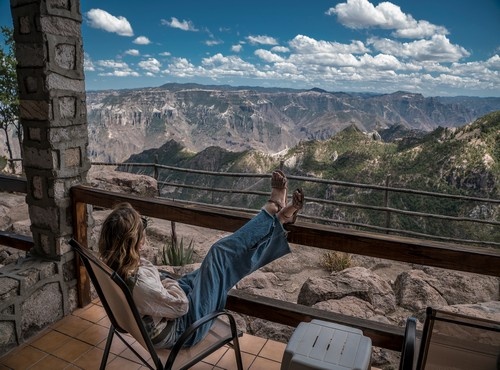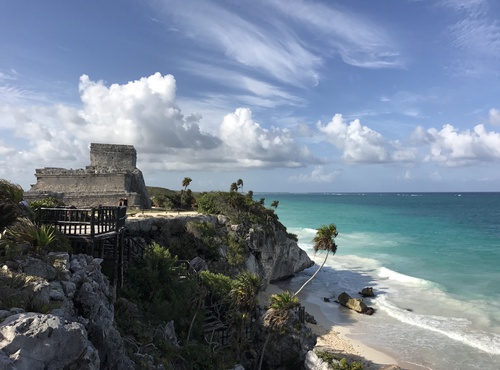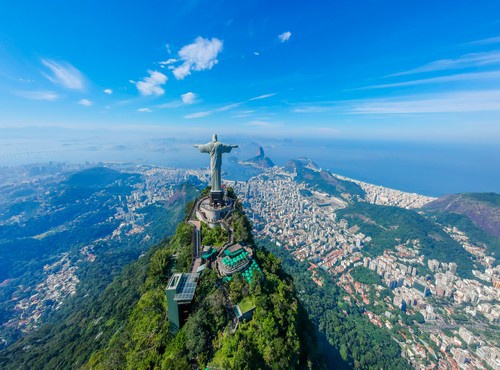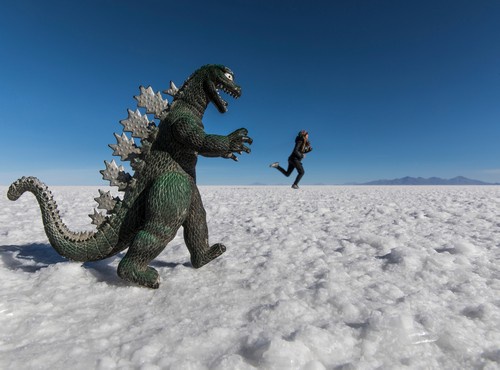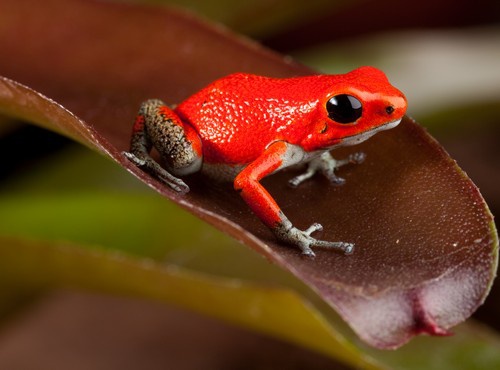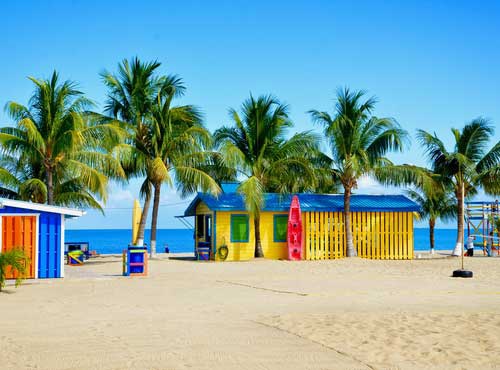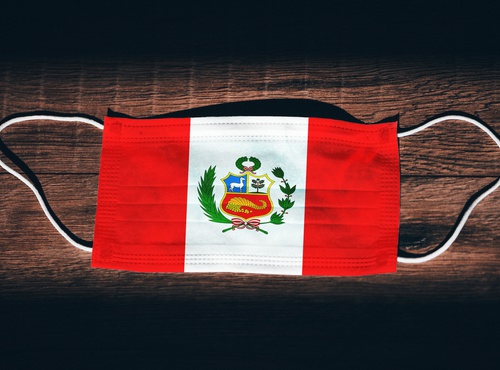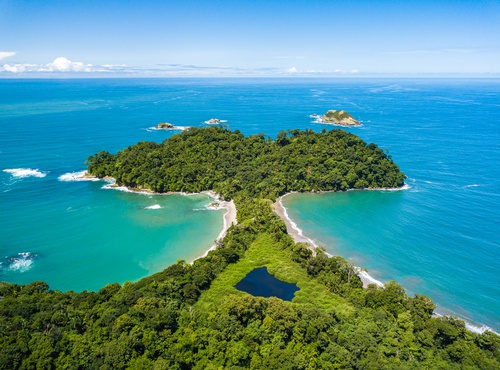
Written by:undefined undefined
Published: 22-12-2021
Nestled between Mexico, Guatemala, and Honduras on the Caribbean coast of Central America, Belize is a paradise destination renowned for its lush jungles and perfect, pristine beaches. Belize has gained a reputation as one of the best places in central America for snorkelling and scuba diving expeditions due to its incredible barrier reef, corals and abundant sea-life. Walm calm waters and excellent visibility, make diving and snorkelling a delightful experience but what makes Belize different of course, is the Mesoamerican Barrier Reef System. This is the second-largest barrier reef system in the world, after Australia and arguably one of the most pristine and untouched. It is home to an array of marine species, including endangered species such as the West Indian manatee and the leatherback turtle. Here are some of the must-do dive sites, you can enjoy in Belize.

Crystal clear waters of Belize
The Great Blue Hole
Let’s talk about the elephant in the room, the most famous of Belize's plethora of dive sites, is the Great Blue Hole. This is the main reason that divers travel to the country, for spectacular diving, unique on the planet. The Great Blue Hole, forms part of the Lighthouse Reef atoll and is an underwater sinkhole that has a diameter of 318 metres and a whopping 124 metres deep. This plunging depth gives the sinkhole a rich indigo colour that contrasts beautifully with the light turquoise of the surrounding Caribbean sea.
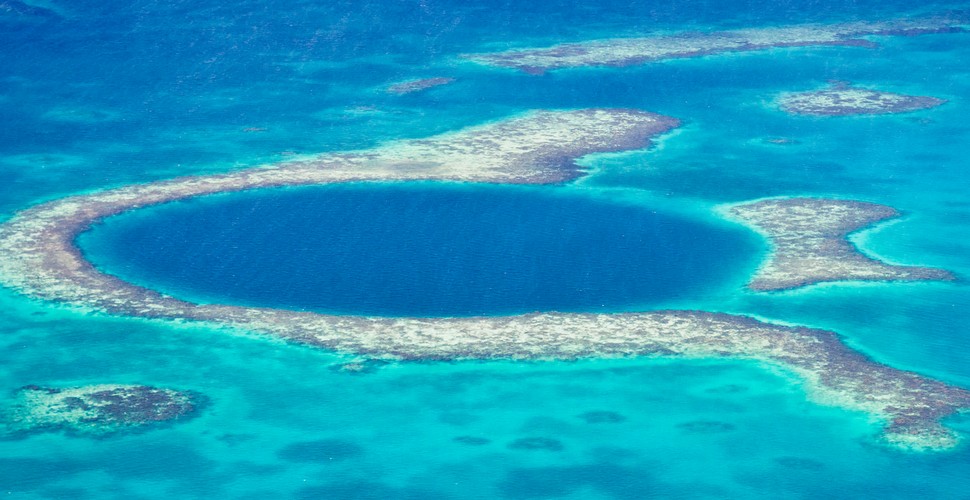
Great blue hole
This UNESCO World Heritage Site, was first explored by Jacques Cousteau in 1971. Cousteau named the hole as one of the world's top 10 dive sites, putting it firmly on the diving map. Divers are allowed to reach a maximum depth of 40 metres and can only be attempted by advanced divers. Highlights of diving the Great Blue Hole, are the impressive stalactite formations on the walls and the Caribbean reef sharks that live in its profundity.

Caribbean reef sharks
Turneffe, Lighthouse Reef and Glover's Reef Atolls
The western hemisphere is home to four coral atolls three of which are found in Belize These ring-shaped coral islands with a lagoon at the centre called Lighthouse Reef Atoll, Turneffe Atoll, and Glover's Reef Atoll, are characterized by abundant coral and brightly coloured aquatic life, as well as a wide range of diving sites, including shallows, suitable for beginners, a coral wall and drift dives for the more experienced divers.
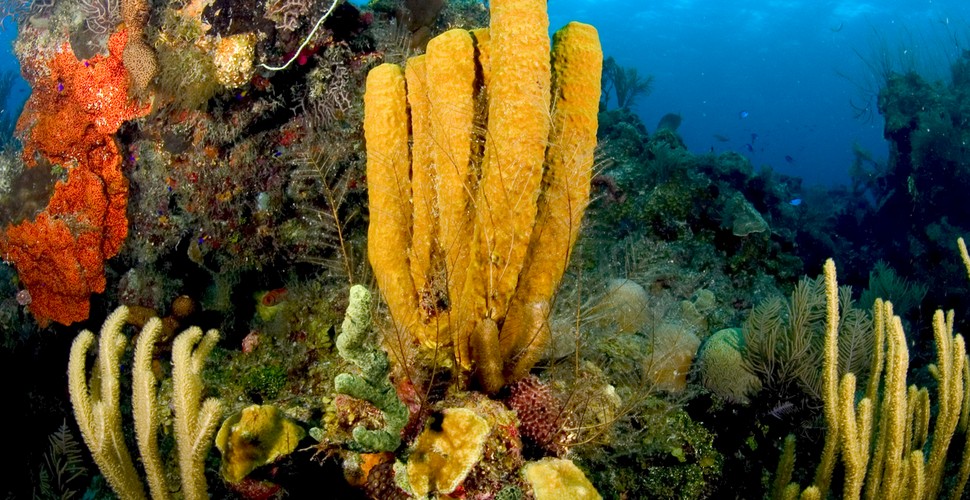
Coral on the Belize reef
Lighthouse Reef Atoll is the home of the Great Blue Hole, and many visitors will head out on a full day trip to the sinkhole and the chance to enjoy shallow dives on the atoll's reefs as a bonus.
Named after a 17th-century pirate, the remote Glover's Reef Atoll has a shallow lagoon and an abundance of vibrant corals. It's a great choice for those travelling with non-diving friends or family, because the snorkelling here is also excellent.
Turneffe Atoll is the largest and most accessible of Belize's atolls. It is a protected site which has allowed the atoll's marine life to thrive, making this one of the best options for divers with a shorter time frame.
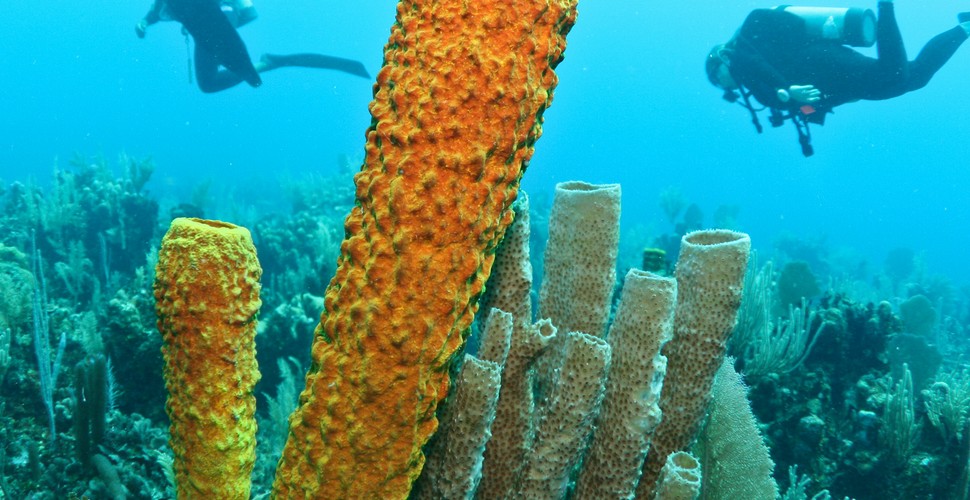
Turneffe Atoll
Gladden Spit Marine Reserve
Located in the south of Belize, near Placencia, Gladden Spit Marine Reserve is one of the best places in Central America to dive with whale sharks. It is the only place in the world where you can dive and interact with them in person. These magnificent creatures measure up to 12 metres long, making it the largest fish on the planet! It is a filter-feeder eating microscopic sea organisms and small fish, and is no threat to humans. These gentle giants are attracted to Gladden Spit by the spawning of the snapper fish, which coincides with the full moons during spring and summer months. Although encounters are possible from March to July, the best months for whale shark sightings are April and May. Try and plan your trip to coincide with the three or four days immediately before and after the full moon for better viewing opportunities.
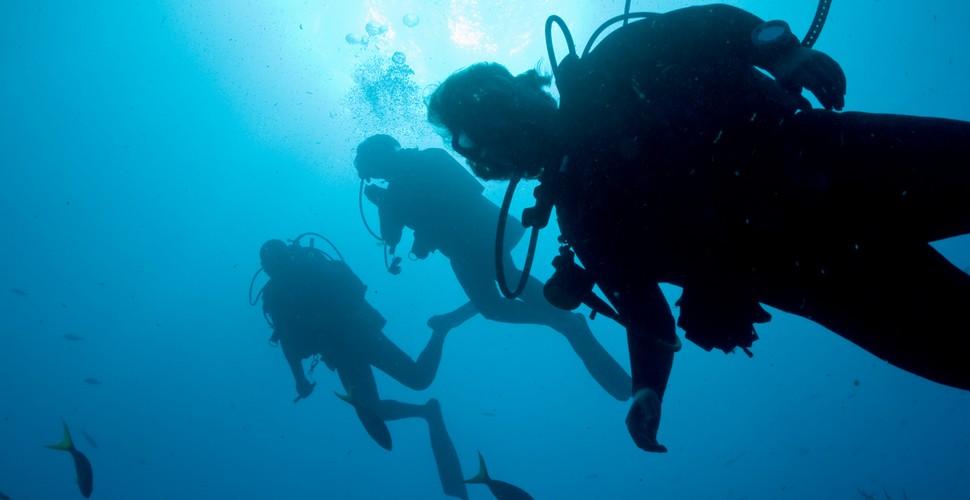
Gladden Spit
Hol Chan Marine Reserve & Shark Ray Alley
Found just off the southern tip of Ambergris Caye in the north of Belize, Hol Chan Marine Reserve is the country's oldest marine protected area. Its focal point is a natural channel in the reef, which has a 23metre diameter and is 9 metres deep. The reserve is divided into several different habitats, including the coral reef of the channel itself, a mangrove area, and sensitive seagrass beds. For divers, the channel is perhaps the most interesting section, as strong currents and a wealth of nutrients attract many different types of marine life, ranging from tropical fish to eagle rays, blacktip sharks, dolphins, and three different species of sea turtles. Another highlight of the reserve is the Shark Ray Alley, a natural congregation site for docile nursing sharks and southern stingrays. Here, you can interact with both of these species, up close and personal.
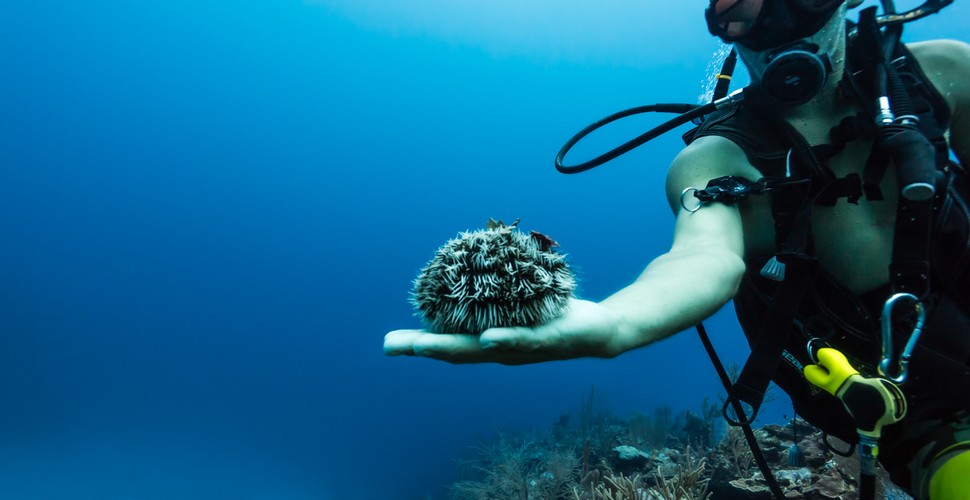
Hol Chan
Caye Caulker
